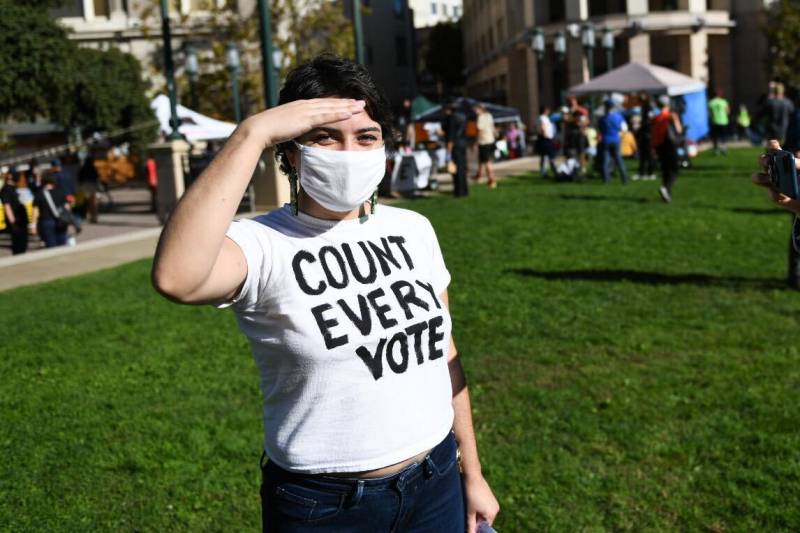Practice Patience and Calm
In the New York Times, Laura Rosenberger explains that counting all of the ballots in certain states could take days, if not weeks. And yet despite the rising panic you may feel, 2020 “could be the most secure election the United States has ever known” due to the strong paper trail of mail-in ballots. Fraud in those mail-in ballots is virtually nonexistent, argues Rosenberger. The director of the Alliance for Securing Democracy, Rosenberger also points to a project by the Cybersecurity and Infrastructure Security Agency to debunk rumors and hearsay about the election. Read it here.
Don’t Spread Misinformation
These helpful tips published by the Election Coverage and Democracy Network are meant for journalists, but they apply to anyone with a social media account. Misinformation only spreads if it is amplified, and the guide urges ignoring unfounded claims and unproven allegations. Know that the outcome of the election may be unclear for a while, remember that social media always gives a megaphone to the most extreme voices, and “always bear in mind that repeating a false claim, even if to fact-check it, risks increasing the likelihood that your audiences will think it is true.” Read it here.
Be Prepared for the Worst, Just in Case
In Politico, Garrett M. Graff talks with election experts about various post-election scenarios, ranging from moderate confusion to utter chaos. Possibilities such as intimidation by armed militias, Justice Department intervention, Supreme Court challenges and vote suppression are explored, all with an eye to awareness and preparation. Not to induce hysteria, the election experts also predict that come Jan. 20, 2021, the country will swear in its rightfully elected president. Read it here.
Get in the Streets if Necessary
If it becomes apparent that some states have prematurely stopped counting votes or declares an illegitimate winner, Daniel Hunter argues, citizens should call it a coup, and then march in the streets. Hunter offers a practical, non-panic-inducing guide to marching legally in the streets, complete with examples throughout history of coup attempts thwarted by swift, nonviolent response. “Historically, whichever side resorts to violence the most tends to lose,” he writes. Read it here.


